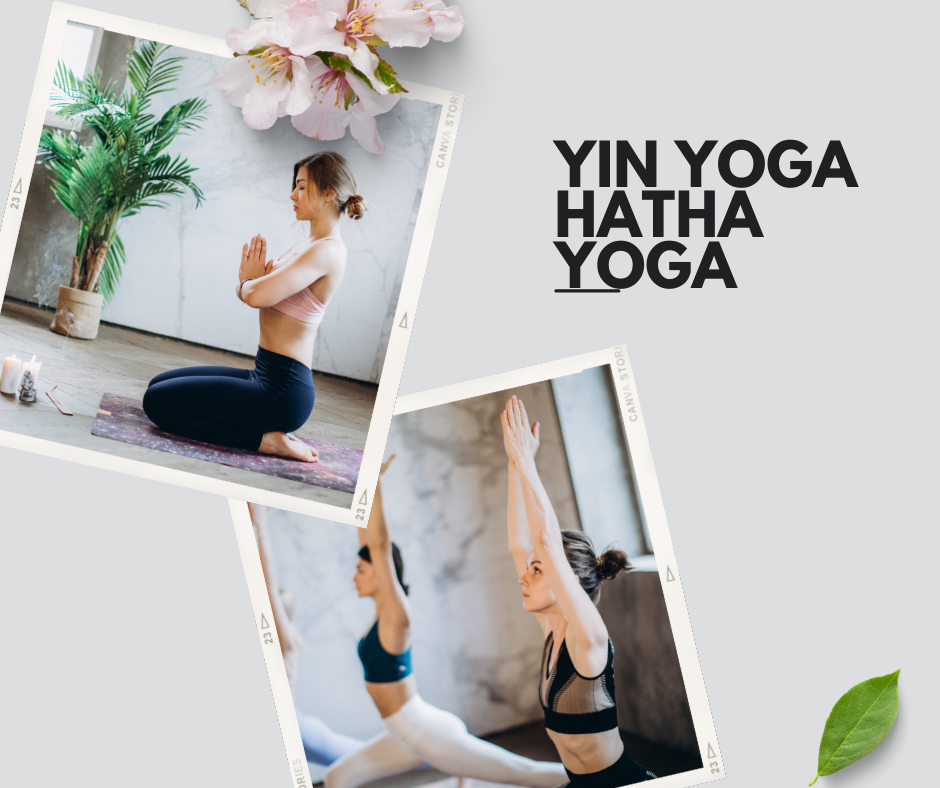HATHA YOGA AND YIN YOGA WHAT ARE THE DIFFERENCES
Wandering around the net and also in the various studios we discover how popular is not only yoga but also all the various styles.
Once when one spoke about yoga it was referred to as the traditional hatha, today instead with more and more styles in growth we read all kinds of words.
It is very interesting and above all useful to know that there are so many people who want to change their lives for the better, but it is also interesting to try to understand the differences between the various styles of yoga, mainly for two reasons.
The first is that knowing the differences everyone can choose the style that best suits his body, his character.
The second is that he will be able to recognize even when a teacher is really trained or is improvising in various styles.
HATHA YOGA AND YIN YOGA WHAT ARE THE DIFFERENCES
Unfortunately we see more and more yoga teachers who, without having trained themselves adequately, move from one style to another, then making blunders but above all failing to what is the ethics of the yoga teacher:
- we are always students for whom we constantly study and train
- you only practice and teach what you know thoroughly
- honesty towards oneself and towards the student
- humility in recognizing one’s limits
Having said that, let’s now discover the substantial differences:
Hatha yoga is defined as the traditional style that originated thousands of years ago and is the one that has been handed down over the millennia, contemplated by the texts (hatha yoga pradipika) and which has very clear underlying rules:
- circular lesson
- holding the position by a minimum of 3 deep breaths (the aim is to maintain the position longer in total comfort)
- involves standing / sitting / lying position
- the session ends with relaxation and pranayama
- static typology
Yin yoga is a style born in the 70s and therefore very recent, which takes its cue from traditional yoga to which it mixes principles and theories of Taoism and Chinese medicine. It includes some fundamental principles:
- PROPS (bolsters, belts, cushions) are necessarily used, they are not optional and it is not enough to stay in one position for a long time to make it become yin
- the positions are held for a minimum of 3 minutes
- we have 90% of sitting or lying positions
- provides a part of relaxation and meditation already during the positions
- static typology (there is no dynamic movement)
There are many other differences also in the basic theories and concepts related to the physicality and anatomy of the person, it is not enough to stay 3 minutes in a position to transform a lesson into yin and in the same way it is not enough to stay there a little to make it become a hatha yoga lesson.
If you are a student therefore looking for a yin yoga class first check the elements above and if you want to learn more read also the article on how to practice Yin Yoga.
If you want to become a YIN YOGA, teacher than check out training course.


Leave A Comment